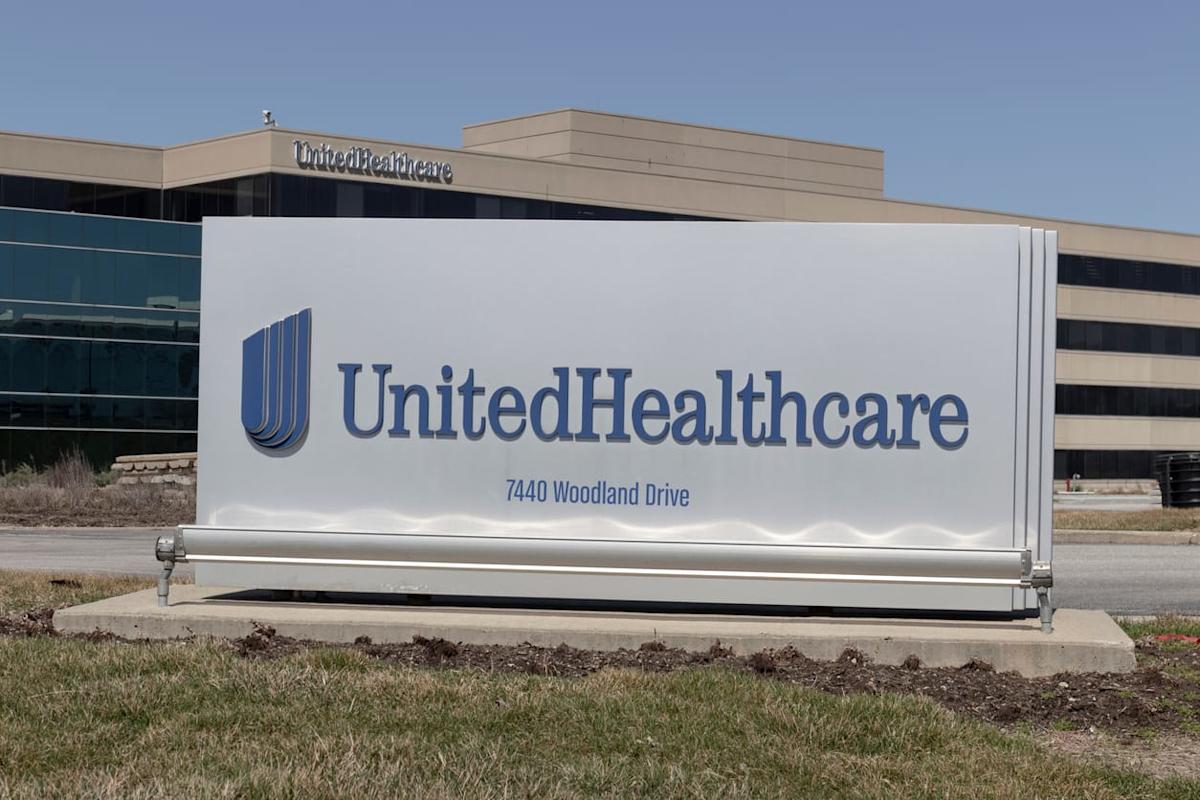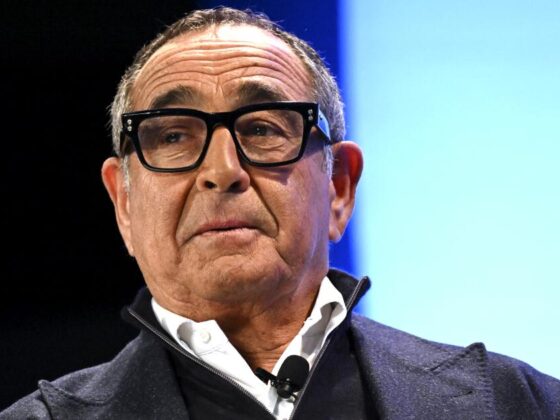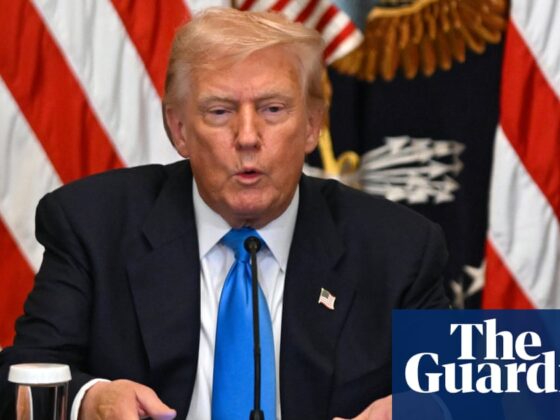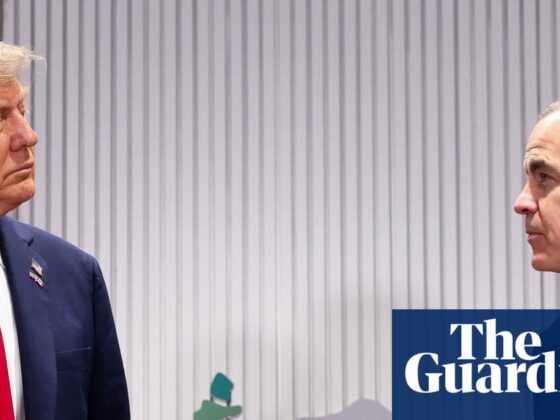UnitedHealth (UNH) shares lost another 5% on July 29 after the company’s management warned elevated medical costs will result in lower-than-expected earnings in 2025.
The world’s largest health insurer now sees its per-share earnings printing at $16 this year, well below analysts’ forecast for $20.91 a share.
UnitedHealth stock has been in a freefall since early April, and is now down more than 55% versus its year-to-date high.
UNH reassured investors that it can “resolve issues and recapture its earnings growth potential” in its quarterly release on Tuesday, but its expectations for medical costs hardly signal improvement in the second half of 2025.
According to UnitedHealth, its medical care ratio will fall between 89% and 89.5% this year, roughly the same as 89.4% recorded in the second quarter.
Persistent cost pressures could restrict margin expansion in the near term and result in prolonged profitability-related challenges for the NYSE-listed firm.
UNH shares are slipping today also because the insurer recently confirmed that its Medicare billing practices are under investigation by the Department of Justice (DOJ).
Despite the aforementioned concerns, UNH may still be worth owning as it’s arguably the most important U.S. health insurer and is currently trading at a historically low multiple.
According to Barchart, UnitedHealth shares are going for a price-sales (P/S) ratio of 0.64x only at the time of writing.
Investors could also take heart in the fact that even in the face of major headwinds, the Minnetonka-headquartered firm reported better-than-expected revenue for its second quarter on Tuesday.
Moreover, a healthy dividend yield of 3.3% makes UNH stock somewhat more attractive to own at current levels, at least for income-focused investors.
An attractive valuation is the leading reason why Wall Street firms haven’t yet thrown in the towel on UnitedHealth stock.
Heading into the earnings release, analysts had a consensus “Moderate Buy” rating on UNH shares with the mean target of about $355 indicating potential upside of more than 30% from here.













